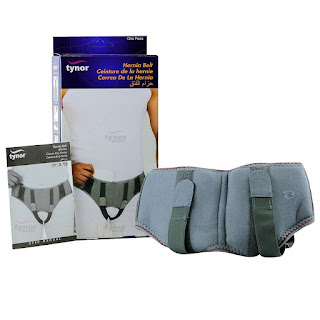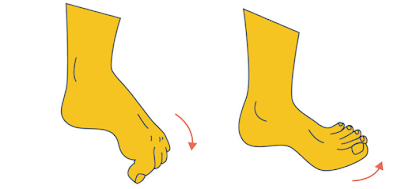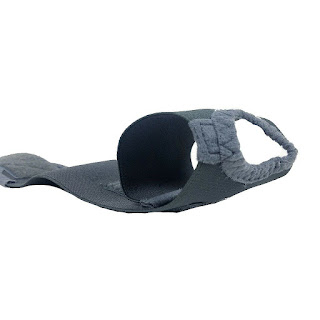Compression Stockings Benefits: How to Choose and Use
What are compression stockings?
Compression stockings or socks and hosiery that improve circulation to help control swelling and relieve tired achy legs.
Can I benefit from compression stockings?
People who have or are experiencing any of the following conditions can benefit from wearing compression stockings:
• Expectant mothers
• Tired, aching, fatigued legs
• Swollen feet, ankles, and legs
• Mild to moderate swelling
• Varicose and spider veins
• Stand or sit for long periods
• Frequent travelers
• Overweight
• Other conditions as recommended by a doctor
What medical issues are the various compression levels used for? Here’s a guide.
These are general guidelines. The severity of a certain issue will help determine the level needed.
As mentioned, you should talk to your doctor about which compression level is right for you.
- Mildly aching and tired legs
- Support and comfort for either standing or sitting for long periods
- When just a little support is needed for general health and energy
- Slightly more support, offering day-to-day relief from achy, heavy, slightly swollen legs
- Extra support on busy, active days, or when traveling
- An aid for enhanced circulation, especially in the legs
- During pregnancy, they can help prevent varicose and spider veins
- The most commonly prescribed compression level by doctors
- Used to help a variety of minor to moderate medical conditions
- Used to help chronically painful, heavily fatigued legs
- Helpful in the treatment of varicose veins
- Relief from the swelling associated with mild edema
- Used in combination with elective surgical procedures such as sclerotherapy and phlebectomy
- Used to help treat orthostatic/postural hypotension, a form of low blood pressure
30-40 mmHg
- Relief from moderate and severe edema and lymphedema
- Helps prevent and relieve more serious cases of varicose veins
- Used in the treatment of deep vein thrombosis (DVT) and post thrombotic syndrome
- Can help heal active venous stasis ulcers
- Used after bone fractures and orthopedic surgeries
- Used to treat phlebitis
- Used in treating skin changes with healed ulceration
40-50 mmHg
- Used as part of the treatment for chronic venous insufficiency
- Used for the most severe cases of DVT and post thrombotic syndrome
- Used in treating severe skin changes with active ulceration




Comments
Post a Comment